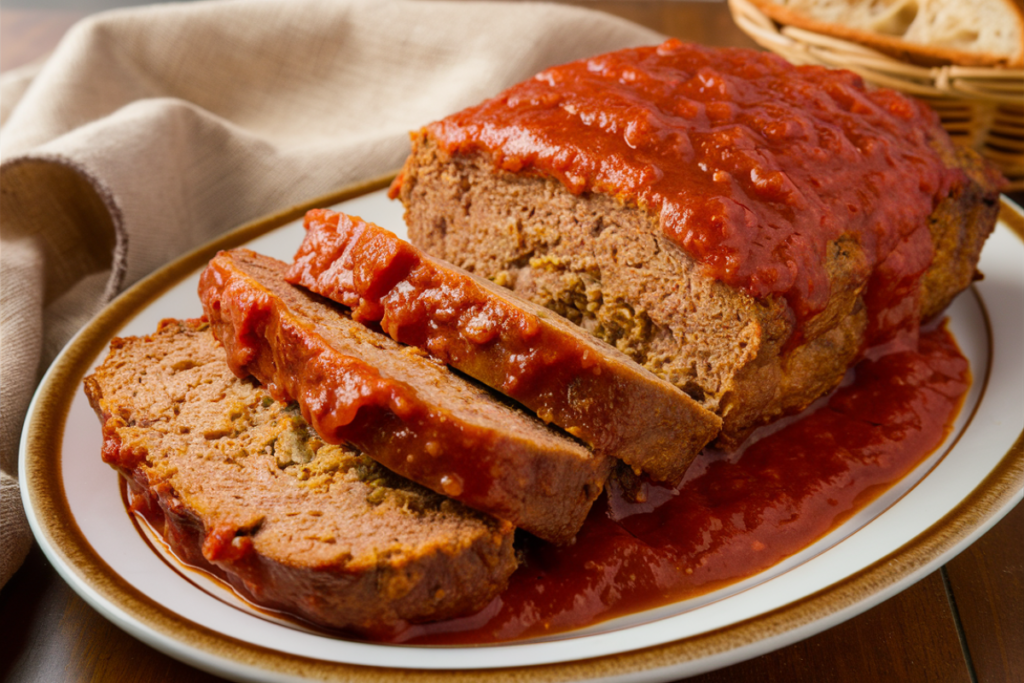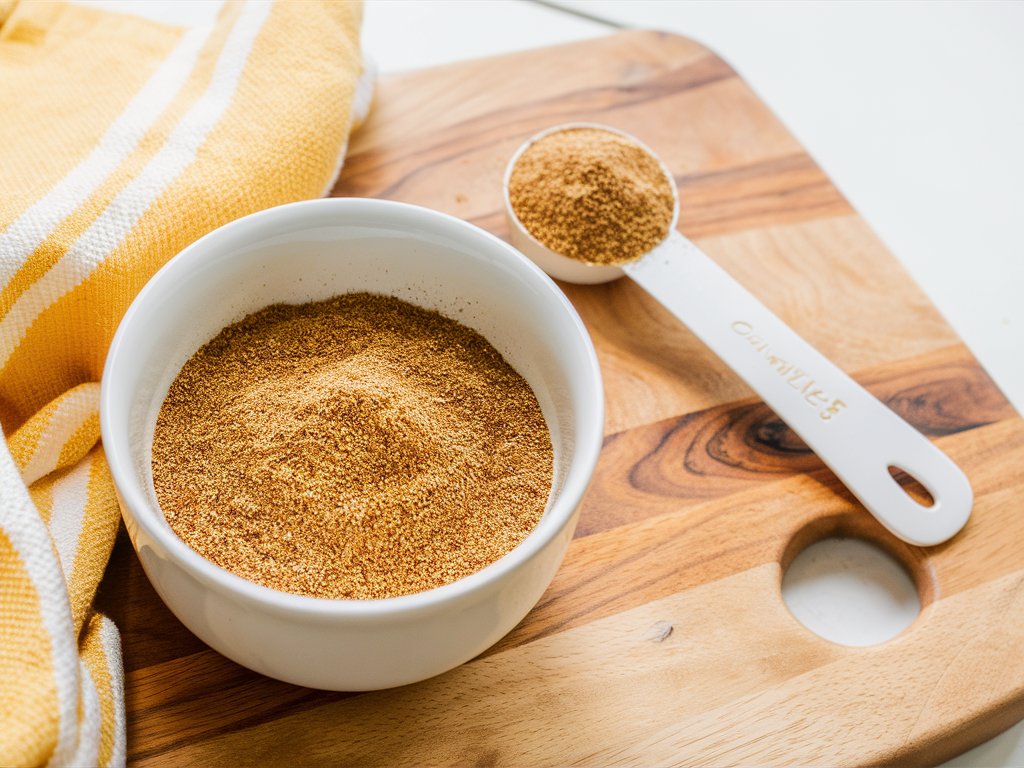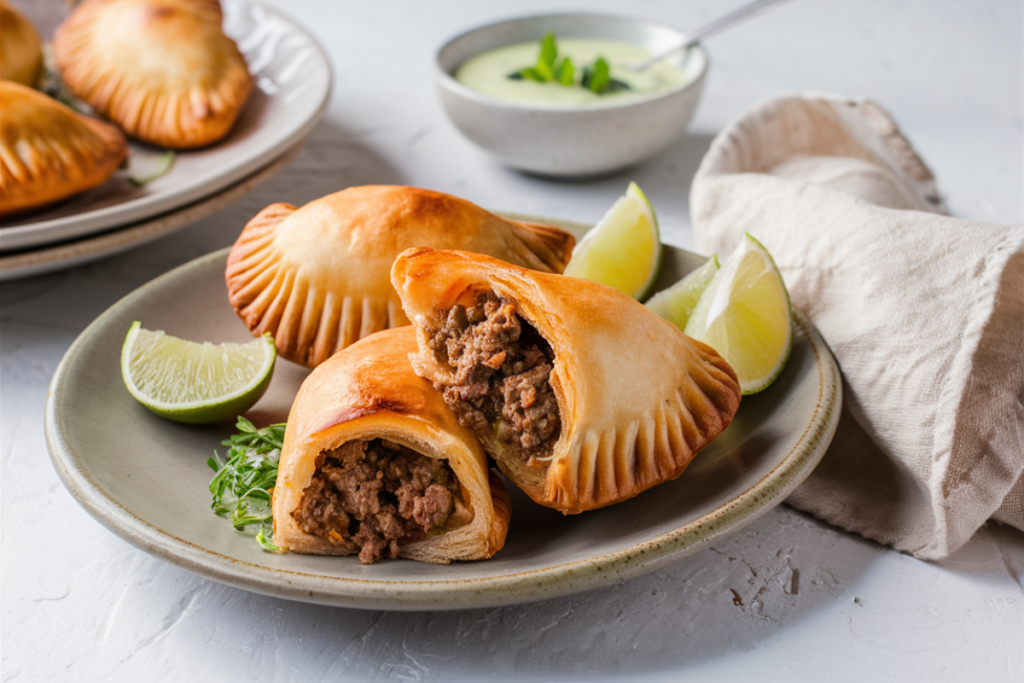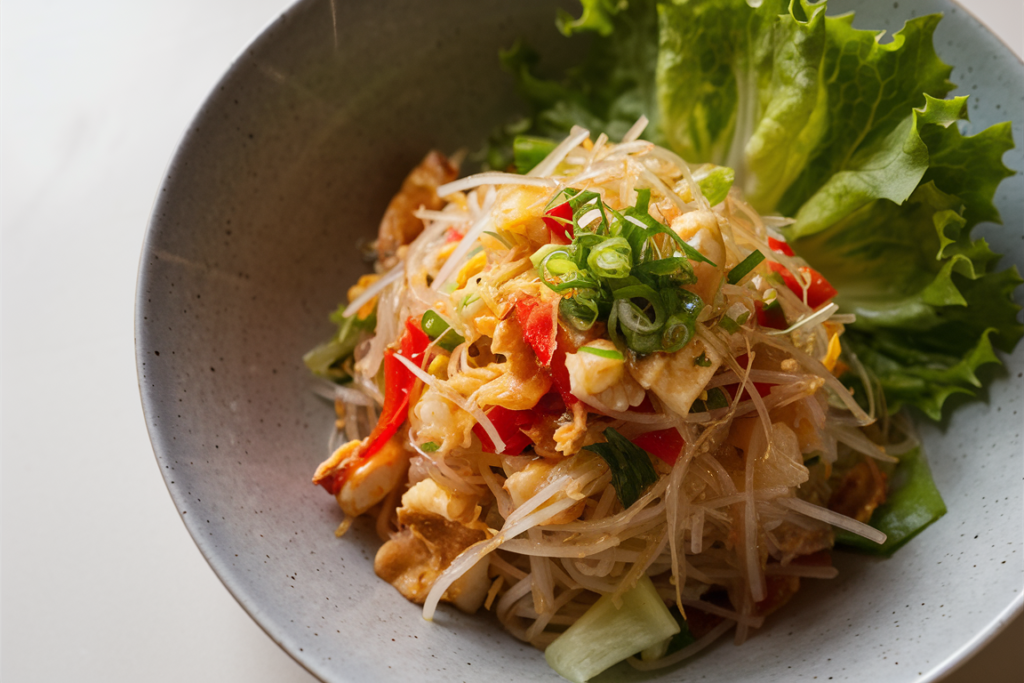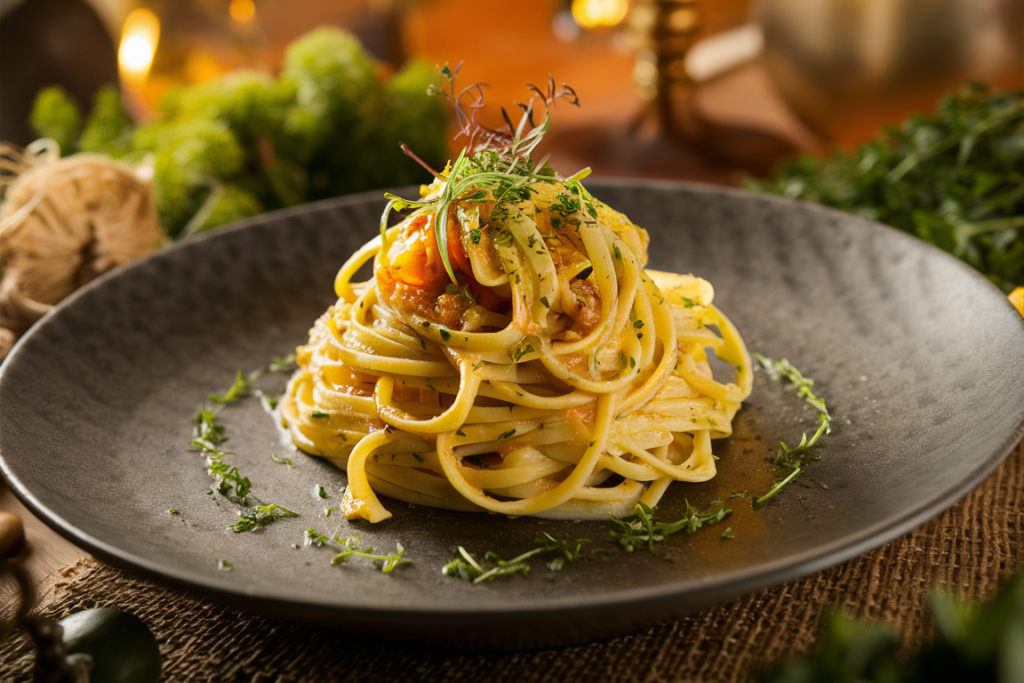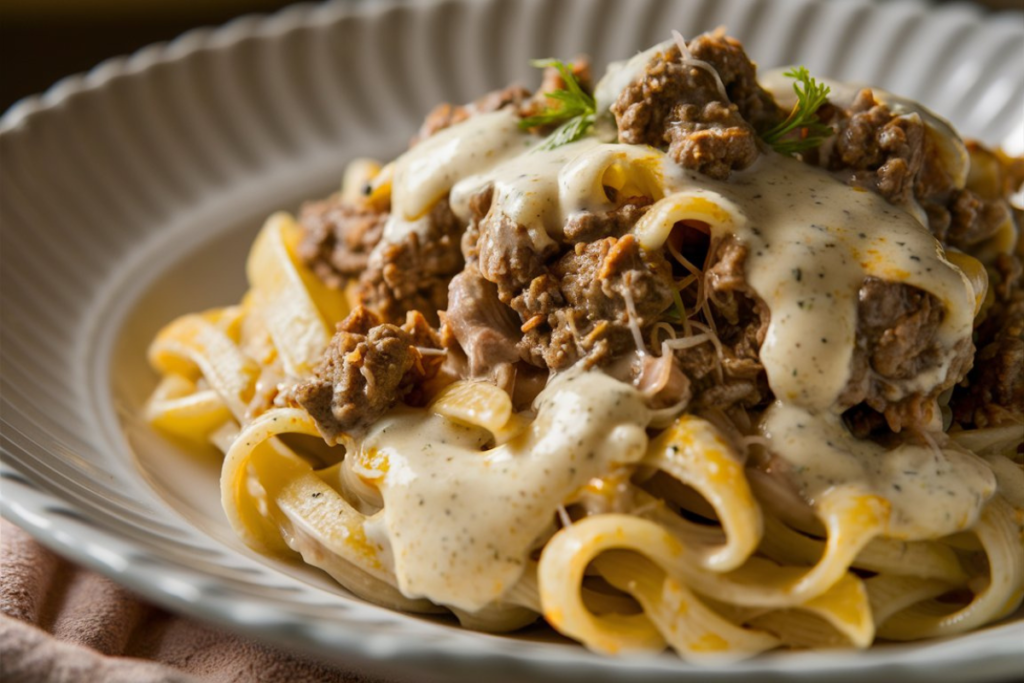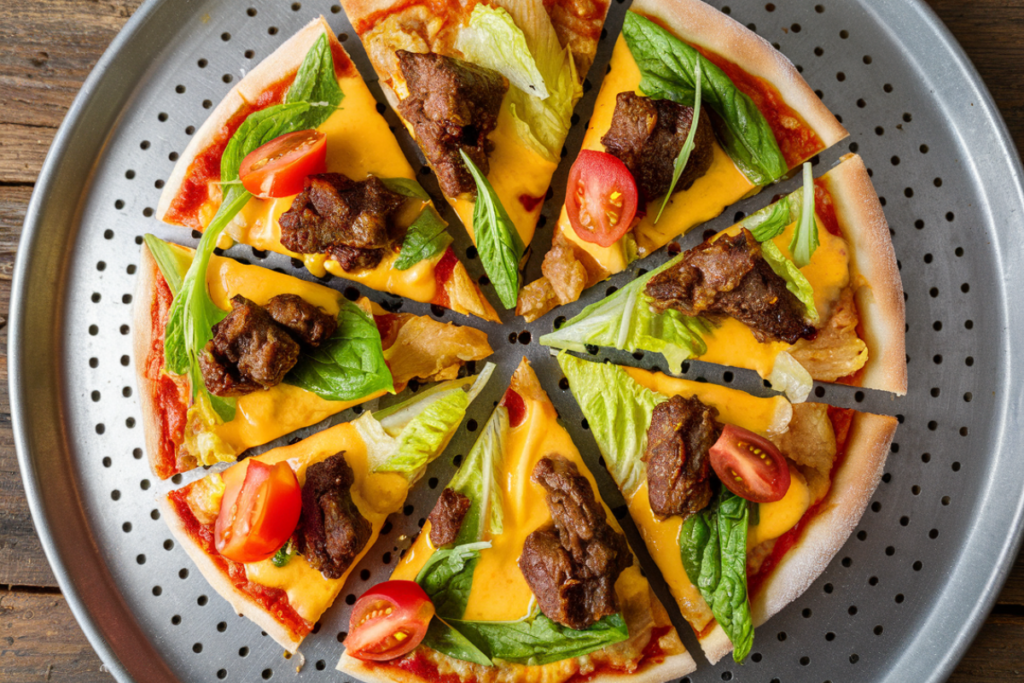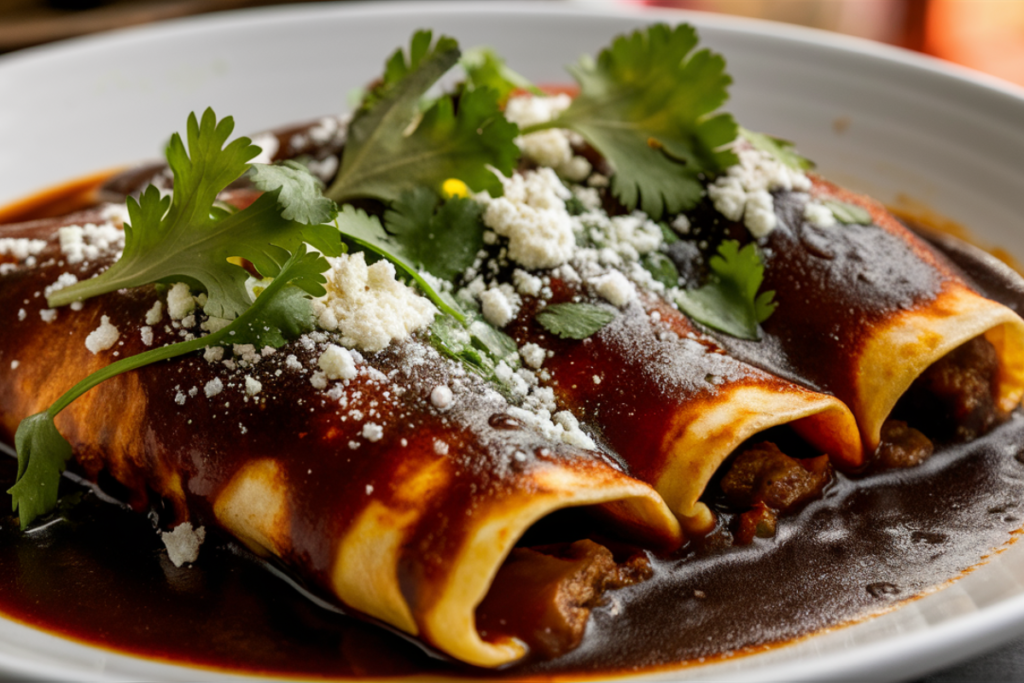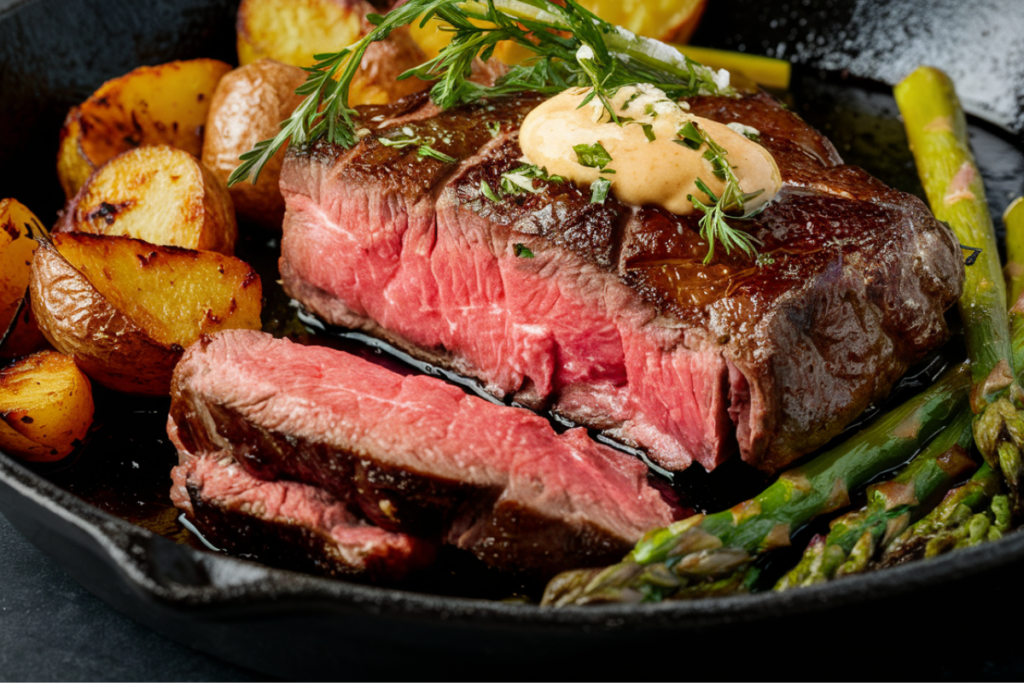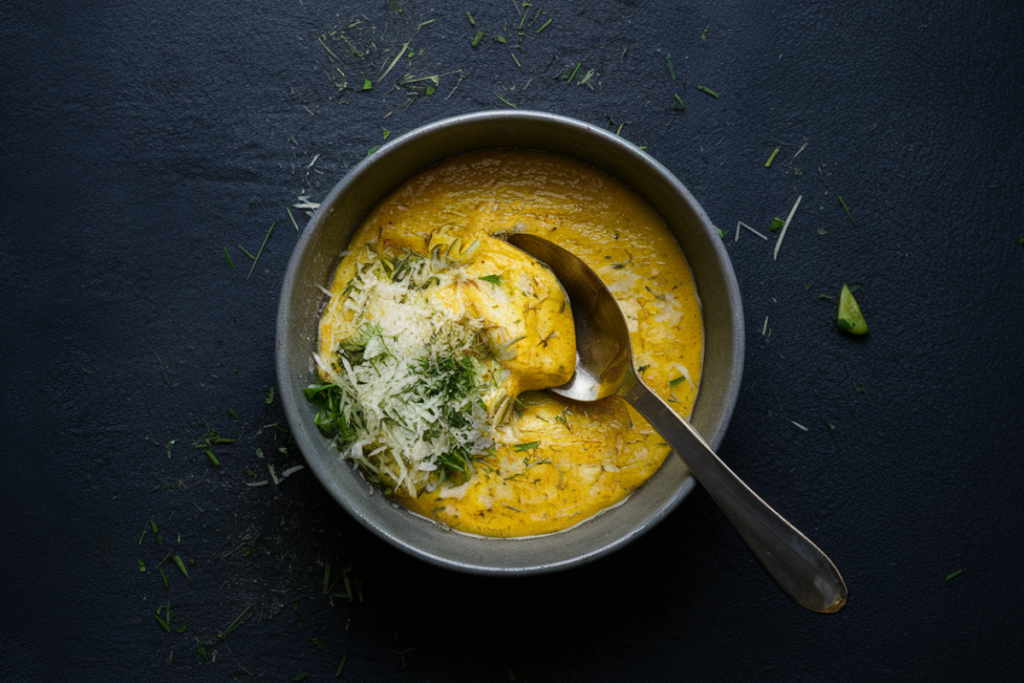Introduction to the Article on Enmoladas
Enmoladas, a cornerstone of traditional Mexican cuisine, offer a rich tapestry of flavors and history in every bite. This article delves into the essence of enmoladas, exploring their ingredients, regional variations, and the cultural significance behind this beloved dish. Through understanding the nuances of its preparation and the variety of ways it can be served, we aim to provide a comprehensive guide that not only celebrates but also educates on the vibrant world of Mexican culinary traditions.
Introduction to Enmoladas
What Are Enmoladas?
Enmoladas are a delightful Mexican dish, consisting of corn tortillas dipped in mole sauce, filled with cheese or chicken, and then rolled up like enchiladas. The word “enmolada” comes from “mole,” the sauce that characterizes the dish with its deep, complex flavors and rich, velvety texture. This traditional sauce is a fusion of indigenous Mexican ingredients and culinary techniques, which may include chocolate, chilies, and spices, offering a unique taste experience that is both hearty and comforting.
The Cultural Significance of Enmoladas in Mexican Cuisine
In Mexican culture, enmoladas are more than just a meal; they are a celebration of heritage and family traditions. Often served during festivities and family gatherings, they represent a culinary tradition passed down through generations. Each region in Mexico has its own take on the dish, reflecting the local flavors and preferences. For instance, in Oaxaca, known for its variety of moles, enmoladas are particularly prominent and are made with locally produced ingredients that highlight regional culinary practices.
This dish not only connects those who partake in its consumption to Mexican culture but also serves as a bridge to its rich history, making every meal a learning experience. By exploring enmoladas, we embrace a piece of Mexico’s vibrant culture and culinary excellence.
Making Enmoladas
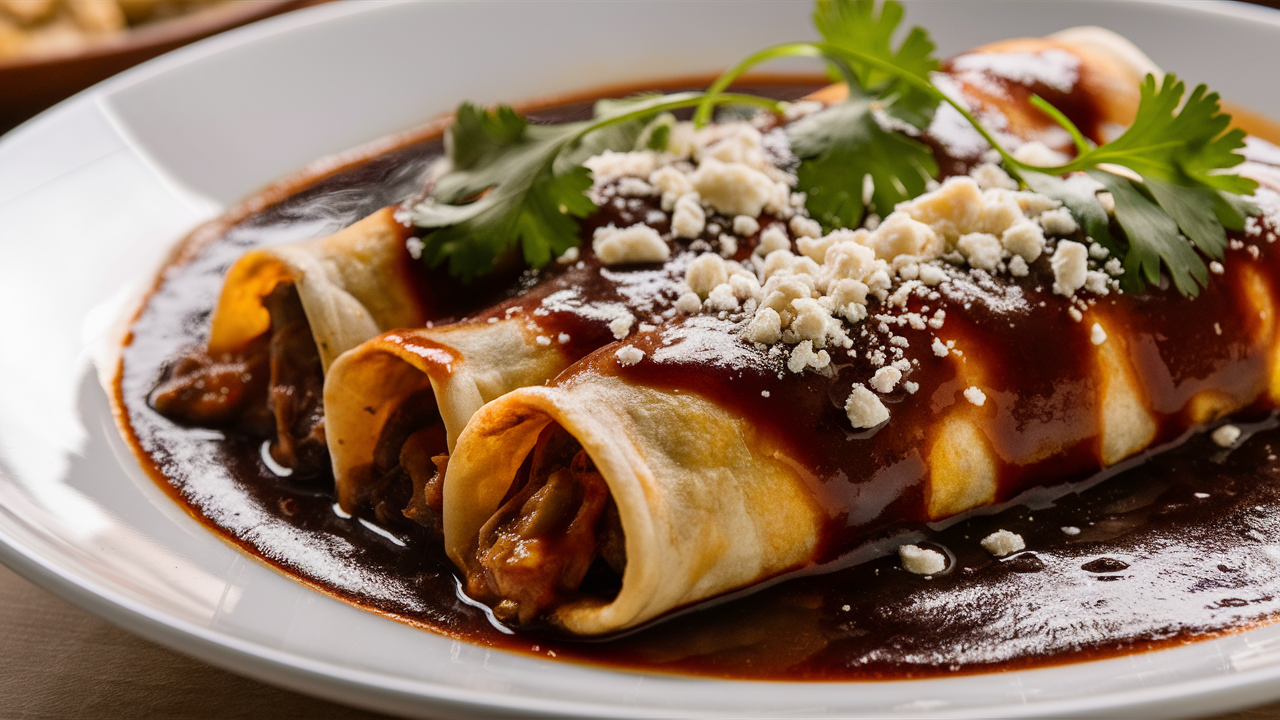
Ingredients Overview
Creating authentic enmoladas begins with assembling the right ingredients. The core components of enmoladas are corn tortillas, a filling of cheese or shredded chicken, and mole sauce. The type of mole varies by region, from the rich, chocolatey Mole Poblano to the herbaceous, spicy Mole Verde. Additional garnishes like sesame seeds, fresh cheese, and sliced onions add flavor and visual appeal.
Step-by-Step Cooking Process
Firstly, prepare your mole sauce. While many opt for ready-made versions available in markets, crafting your own mole from scratch can elevate the dish to new heights. Begin by toasting and grinding spices and chilies, then blend these with ingredients like tomatoes, tomatillos, and perhaps a hint of chocolate for sweetness and depth.
Once your mole is ready, lightly fry the corn tortillas to make them pliable. Dip each tortilla in the mole sauce, ensuring it’s thoroughly coated. Lay the tortilla flat and place a generous amount of filling along one edge, then roll it up tightly.
Arrange the rolled enmoladas in a baking dish, seam-side down. Drizzle them with extra mole sauce, ensuring they are completely covered. Sprinkle with cheese and any additional garnishes, then bake in a preheated oven at 350°F for about 20 minutes, or until the cheese is bubbly and golden.
Variations in Ingredients and Preparation
The versatility of enmoladas shines across Mexico’s diverse regions, each reflecting local tastes and traditions. In the southern states, for example, enmoladas are commonly filled with plantains or black beans, providing a delightful contrast to the rich mole sauce.
Adventurous chefs experiment with various fillings like mushrooms or zucchini blossoms, popular in vegetarian versions. Some regions enhance the dish further by adding a layer of refried beans inside the tortilla before the main filling, enriching the flavor and texture.
Exploring these different preparations and ingredients allows one to appreciate the regional diversity within Mexican cuisine and discover personal favorites. Each variation of enmoladas tells the story of its origin and offers a unique taste experience, inviting all to explore and enjoy the richness of Mexican culinary arts.
Regional Variations of Enmoladas Across Mexico
Oaxacan Enmoladas: Ingredients and Unique Features
Oaxaca, often hailed as the culinary heart of Mexico, offers its own distinctive version of enmoladas, which are deeply ingrained in the region’s gastronomic traditions. Oaxacan enmoladas are renowned for their use of local ingredients, including the famed mole negro—a complex, richly flavored sauce that includes over 20 ingredients like chocolate, cinnamon, and various chilies. This mole provides a deep, smoky flavor that is unmistakably Oaxacan.
In addition to the traditional fillings of chicken or cheese, Oaxacan enmoladas might also feature local herbs like hoja santa, which adds a unique anise-like flavor. These enmoladas are typically garnished with crumbled queso fresco and sliced red onions, offering a fresh contrast to the deep flavors of the mole.
Variations in Other Regions
As we explore beyond Oaxaca, the diversity of enmoladas showcases Mexico’s varied culinary landscape. In the Yucatán Peninsula, you might find enmoladas with mole amarillo. This lighter, less spicy mole uses local spices and achiote, creating a vibrant, golden hue.
In northern Mexico, ranching influences are clear. Beef often replaces chicken or cheese in enmoladas. These are typically served with a red chili mole, offering bold flavors suited to the region’s hearty appetites.
In urban areas like Mexico City, chefs create fusion variations of enmoladas. They use ingredients like blue cheese or exotic mushrooms, appealing to a cosmopolitan palate while respecting the dish’s traditional roots.
Each regional take on enmoladas highlights local flavors and culinary techniques. They also reflect the people and landscapes of their origins. From Oaxaca’s complex moles to the bold flavors of the north, enmoladas serve as a delicious introduction to Mexico’s rich culinary culture. Exploring these variations lets diners experience the depth of Mexico’s culinary heritage, one plate at a time.
Nutritional Aspects of Enmoladas
Caloric Content
Enmoladas, with their rich fillings and savory mole sauce, can vary significantly in caloric content depending on the ingredients used. Generally, a serving of enmoladas can range from 250 to 400 calories per 100 grams, primarily influenced by the type of filling and the specific mole recipe. For those conscious about caloric intake, opting for leaner fillings like chicken or vegetable-based options, and moderating the use of cheese, can help manage the calorie count without sacrificing the flavors that make enmoladas so beloved.
Nutritional Benefits
Beyond their undeniable taste, enmoladas offer various nutritional benefits that make them a worthwhile addition to any diet. Rich in proteins, especially with chicken or cheese fillings, they provide essential amino acids for muscle repair. The mole sauce, rich in spices like chili and cumin, contains antioxidants. These are beneficial for reducing inflammation and boosting immunity.
If using whole grain corn tortillas, enmoladas become a good source of dietary fiber. This is crucial for digestive health. Adding vegetable garnishes like lettuce and onions enhances flavor and appearance. It also boosts vitamin and mineral content.
Nutritional Content (per 100g)
Here is a detailed breakdown of the nutritional content for enmoladas, presented in an HTML table format for clarity:
| Nutrient | Amount |
|---|---|
| Calories | 320 kcal |
| Protein | 12 g |
| Fat | 18 g |
| Carbohydrates | 28 g |
| Fiber | 4 g |
| Sugars | 2 g |
| Sodium | 700 mg |
This table provides a handy reference for those interested in understanding the nutritional impact of including enmoladas in their diet. By being aware of these details, individuals can better integrate this flavorful dish into a balanced and health-conscious eating regimen.
How to Serve and Enjoy Enmoladas
Traditional Accompaniments
When serving enmoladas, it’s typical to include sides that complement the mole’s rich flavors. Arroz blanco (white rice) offers a mild backdrop, balancing the mole’s intensity. Refried beans provide a creamy texture and robust flavor, pairing well with the tortillas and savory filling. A fresh ensalada de nopales (cactus salad) or a simple lettuce and tomato salad with lime and salt adds a crisp, refreshing contrast. For garnishes, sprinkle queso fresco or crumbled cotija cheese for a salty tang. A dollop of sour cream can soften the spice for milder tastes.
Sliced avocados or a scoop of guacamole provides a creamy, rich finish that rounds out the meal beautifully.
Modern Serving Suggestions
In modern settings, enmoladas often come with a twist, merging traditional and new tastes. One innovation is mini enmoladas as appetizers. This allows guests to sample Mexican flavors in a small form. Chefs also use ingredients like spinach, mushrooms, or seafood as fillings to meet various dietary needs.
For a healthier version, some chefs use whole wheat or low-carb tortillas. Vegan enmoladas use plant-based cheeses and meats, making them suitable for all diets.
The success of serving enmoladas depends on balancing flavors and textures. By blending tradition with innovation, enmoladas remain a versatile and popular dish. This adaptability has made them beloved in Mexico and around the world, fitting many tastes and occasions.
Expert Cooking Tips and Techniques for Perfect Enmoladas
Tips from Professional Chefs
Creating the perfect enmoladas involves more than just following a recipe; it requires a touch of artistry and understanding of the ingredients. Professional chefs recommend a few key techniques to elevate your enmoladas to restaurant quality. Firstly, when preparing the mole sauce, it’s crucial to allow enough time for the flavors to develop. Simmering the sauce slowly and gently can bring out the depth and complexity of the spices and chocolate, which is the heart of the dish.
Another tip is to lightly fry the tortillas before dipping them in the mole sauce. This step prevents the tortillas from becoming too soggy when soaked in the sauce and helps them hold their shape better when rolled. Additionally, chefs suggest using freshly shredded cheese for the filling, as it melts more evenly and provides a creamier texture compared to pre-shredded varieties.
For an authentic touch, consider using traditional utensils and cookware, such as a molcajete for grinding spices or a comal for toasting the tortillas. These tools can make a significant difference in the flavor and authenticity of your enmoladas.
Common Mistakes to Avoid
Even the most enthusiastic home cooks can encounter pitfalls when making enmoladas. One common mistake is overfilling the tortillas, which can lead to them breaking or becoming difficult to roll. To avoid this, it’s important to use just the right amount of filling, allowing for a snug roll that stays intact during baking.
Another frequent error is using the wrong type of tortilla. Corn tortillas are the traditional choice for enmoladas because they hold up better to the moisture of the mole sauce compared to flour tortillas, which can become gummy or disintegrate. Ensuring you use corn tortillas will significantly improve the texture of your dish.
Lastly, a mistake often overlooked is not seasoning the mole sauce adequately. The balance of flavors in the mole is vital; it should be a harmonious blend of spicy, sweet, and savory.
Taste and adjust your mole sauce’s seasoning during cooking to complement the fillings and suit your taste.
Paying attention to these details and using professional techniques can help you master delicious enmoladas. Remember, cooking involves as much passion and patience as technique. Enjoy the process and the delightful results.
Frequently Asked Questions About Enmoladas
What are the best cheeses to use for enmoladas?
Choose cheeses that melt well and complement the mole sauce’s rich flavors. Queso fresco is mild, soft, and crumbly. It adds a refreshing contrast to the savory mole. Oaxaca cheese is stringy and buttery, melting beautifully in warm tortillas.
For more available cheeses outside Mexico, try mozzarella or Monterey Jack. They melt well and have a mild flavor. Use cheeses that enhance, not overpower, the mole’s complex flavors.
Can enmoladas be prepared in advance?
Yes, enmoladas can certainly be prepared in advance, making them a convenient option for gatherings or busy weeknights. To do so, follow the recipe up to the point of baking. Arrange the sauce-coated, filled tortillas in your baking dish and then cover it tightly with plastic wrap or aluminum foil. You can refrigerate this setup for up to a day before you plan to serve them.
When you’re ready to enjoy your enmoladas, simply remove the covering, and if possible, let the dish come to room temperature while you preheat your oven. Bake as directed, perhaps adding a few extra minutes to compensate for the cold start. This method helps maintain the texture and flavor of the enmoladas, ensuring they are just as delicious as when freshly made.
Employing these tips and addressing these common questions can help both novice and experienced cooks alike enjoy the process of making enmoladas, while ensuring that every meal is a celebration of authentic Mexican flavors.

